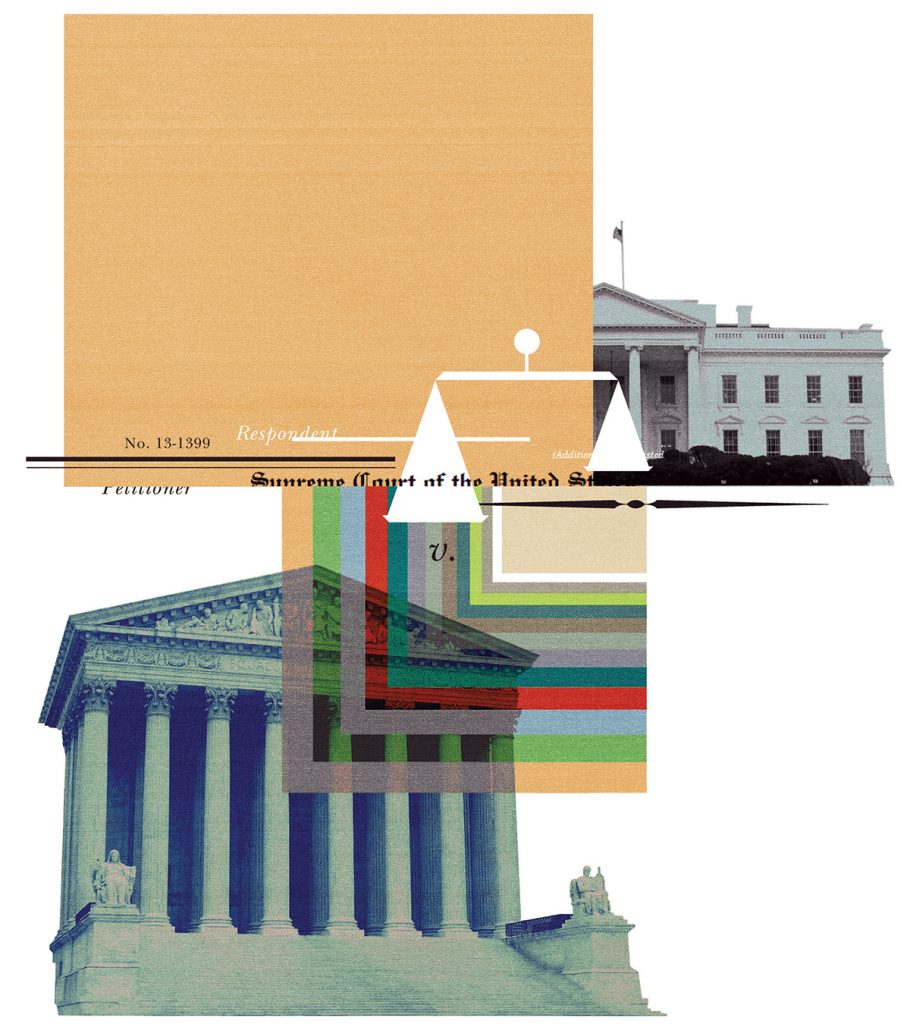The Supreme Court needs saving. Trump politicized the Court like never before. And Republican presidents have picked sixteen out of the last twenty justices, though the Democrats have won more votes in seven of the last eight presidential contests.
I love the court. I clerked there. I teach about it and I authored a treatise about it. But it is now diminished. The Supreme Court has become too partisan and unbalanced to trust it with deciding our most important issues.
The way to save the court is to create another one. The United States should join scores of other nations, including Germany and France, and create a specialized court to decide constitutional questions.
The United States Constitutional Court would be made up of judges from other federal courts, selected by the president from a slate generated by a bipartisan commission to create legitimacy and balance. The judges would serve limited terms, then return to their previous courts. Staggered terms would guarantee each president several appointments.
A special constitutional court can be achieved by statute, and it is unquestionably constitutional. Congress is squarely within its authority to create a constitutional court, just as it has created the federal courts of appeals, the district courts, and the United States Court of International Trade. Congress also has control, as the Constitution’s Article III makes clear, over the Supreme Court’s jurisdiction to review lower courts’ decisions. Its appellate authority is subject to “such exceptions, and under such regulations as the Congress shall make.” Historically, Congress has taken advantage of this power, making major adjustments to the scope of the court’s appellate review as recently as 1988.
How would the new court get its cases? With few exceptions, the Supreme Court now hears only those cases it chooses. Most of them—about two-thirds—turn on federal statutes or regulations. Those cases would remain at the Court. If the Court gets them wrong, Congress can respond.
But the Court’s constitutional mistakes cannot so easily be rectified, nor can the taint of partisanship that now accompanies them. Congress can require the Supreme Court to refer cases it accepts that raise constitutional questions to the constitutional court. This would mimic the main structural benefit of Supreme Court supremacy—establishing a national uniformity in matters of constitutional rights and authority.
Congress could also amend an existing law allowing lower courts to ask the Supreme Court for advice on constitutional questions embedded in pending cases. Instead, the constitutional questions could be referred to the Constitutional Court and then returned to the referring court after resolution. The new court should have an even number of judges, ensuring it would never rule with a bare majority. When the constitutional court did reach a decision, Congress could limit the Supreme Court’s ability to hear an appeal unless a super majority of justices, seven of nine, voted to hear it. (Now it takes only four votes to hear a case.) Congress could also create a sunset provision for the court—twenty years perhaps, after which the court would terminate unless Congress renewed it. In the meantime, we can reform the Senate’s confirmation process to rebuild the Supreme Court’s legitimacy.
The Supreme Court needs a breather—a chance to reboot. The United States Constitutional Court would provide that.
Adapted and slightly updated from the New York Times.



